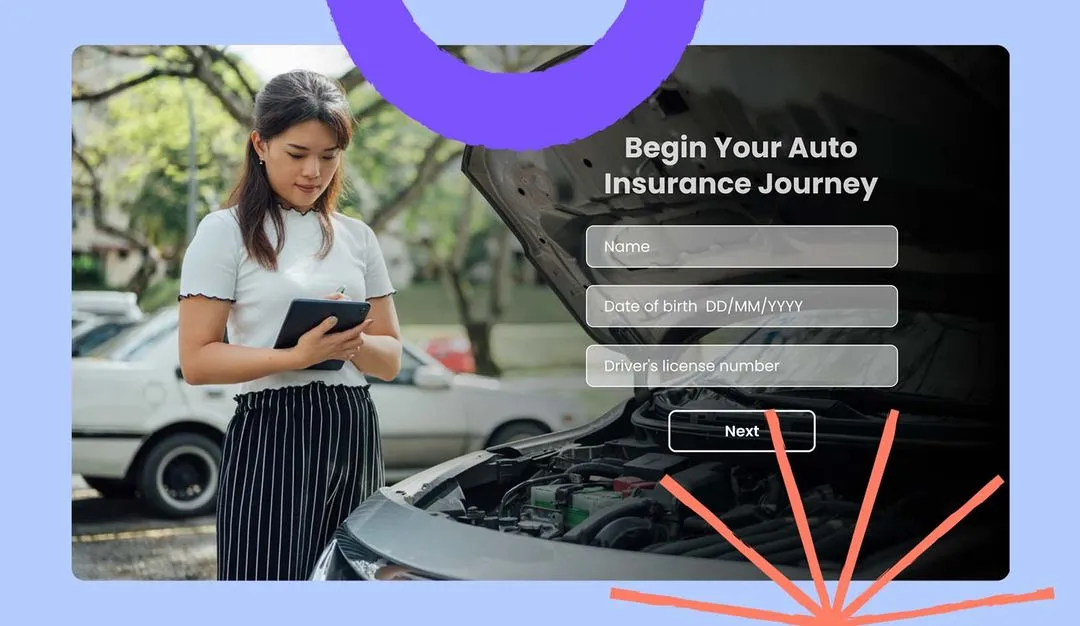The digital revolution is transforming the business landscape, and property and casualty (P&C) insurers are no exception. In 2024, the digital shift in the P&C insurance industry will continue to accelerate. The use of advanced technologies such as artificial intelligence, machine learning, and big data analytics will become even more prevalent as insurers strive to improve efficiency and customer experience.
Moreover, with the increasing availability of smart devices and internet connectivity, consumers' expectations for instant access to information and services are higher than ever before. This has led to a surge in demand for digital channels, forcing insurers to adapt and transform their traditional business models.
Going Beyond Traditional Sales Channels
In the past, P&C insurance was primarily sold through agents or brokers. However, with the rise of digital channels, this is no longer the case. Insurers are now embracing new ways of selling insurance, such as online marketplaces, social media platforms, and mobile apps. This shift not only allows for more convenience and accessibility for customers but also enables insurers to reach a wider audience.
Additionally, digital channels provide insurers with valuable data insights that can be used to personalize offerings and improve customer experience. By utilizing data analytics, insurers can better understand their customers' needs and tailor their products and services accordingly.
Streamlining Claims Processes
Another area where the digital shift is making a significant impact is in claims processing. In the past, filing a claim involved a lot of paperwork and manual processes, leading to delays and inefficiencies. However, with the use of digital tools and technologies, the claims process has become more streamlined and efficient.
For instance, mobile apps allow customers to easily submit claims and track their status in real-time. This not only saves time for both the insurer and the customer but also reduces the chances of errors or missing information.
Utilizing Artificial Intelligence
In recent years, artificial intelligence (AI) has emerged as a powerful tool for insurers. AI-powered tools can assist with tasks such as fraud detection, risk assessment, and customer service, improving the overall efficiency of operations.
Moreover, AI can analyze vast amounts of data in a fraction of the time it would take a human, allowing insurers to make more informed decisions. This technology is continuously evolving and has the potential to revolutionize the insurance industry in terms of underwriting, pricing, and claims management.
Expanding into New Markets
Digital transformation has also opened up opportunities for insurers to expand into new markets. With the rise of e-commerce and digital payments, more consumers are purchasing goods and services online, creating a high demand for insurance products such as cyber insurance.
Additionally, with the increase in global connectivity, insurers can now reach customers in different countries and tap into emerging markets. This not only increases their customer base but also diversifies their portfolio, reducing risks and increasing profitability.

Embracing Digital Data Intake
One of the most significant changes in the property and casualty insurance sector is the shift from paper-based to digital data intake. This transformation is critical for several reasons. Firstly, digital data intake streamlines the process of collecting information from clients, making it faster and more efficient. Insurers are now able to gather data through various digital channels, including online forms, mobile apps, and even through the integration of IoT (Internet of Things) devices.
Secondly, digital data intake enhances the accuracy of the data collected. Manual data entry is prone to errors, but digital processes reduce these risks significantly. Accurate data is crucial for insurers as it forms the basis for risk assessment, policy pricing, and claims management.
Focusing on Policyholder Experience
The shift to digital data intake is not just about operational efficiency; it's also about enhancing the customer experience. Today's customers expect quick, seamless interactions. By adopting digital processes, insurers can provide a more responsive and engaging experience. Customers can submit their information at their convenience, without the need for physical meetings or paperwork.
Furthermore, digital data intake allows for greater personalization. Insurers can use the data collected to understand their customers' needs better and offer tailored products and services. This level of personalization is becoming increasingly important in attracting and retaining customers.
Leveraging Advanced Technologies
To effectively implement digital data intake, property and casualty insurers are leveraging advanced technologies. AI and machine learning are being used to analyze the data collected, providing insights that help in risk assessment and fraud detection. But generative AI is taking this a step further, creating new data points that were previously not available.
Another technology being utilized is natural language processing (NLP). This allows insurers to extract key information from unstructured data sources such as emails and social media posts. Additionally, blockchain technology is being used for secure data sharing and verification.
Challenges and Opportunities
While the benefits of digital data intake are abundant, there are also challenges that insurers must navigate. One of the biggest hurdles is legacy systems and processes that may not be easily integrated with new digital technologies. Insurers must also ensure data privacy and security to protect their customers' sensitive information.
However, these challenges also present opportunities for insurers to innovate and transform their operations. By modernizing their systems and embracing digital data intake, insurers can streamline processes and improve efficiency. This can lead to cost savings and better customer experiences.
With the right tools and strategies in place, insurers can capitalize on the abundance of digital data to gain a competitive advantage in the market. One such technology is no-code platforms, which allow insurers to quickly build and deploy data intake processes without the need for extensive coding. This empowers business users to take control of their data intake processes and make necessary changes in real-time.
By embracing digital processes, insurers can improve operational efficiency, enhance customer experience, and stay competitive in a rapidly evolving industry. However, it's crucial to navigate this shift thoughtfully, considering the regulatory landscape and the diverse needs of customers. As the industry continues to evolve, those insurers who can successfully adapt to the digital age will be well-positioned for future success.





